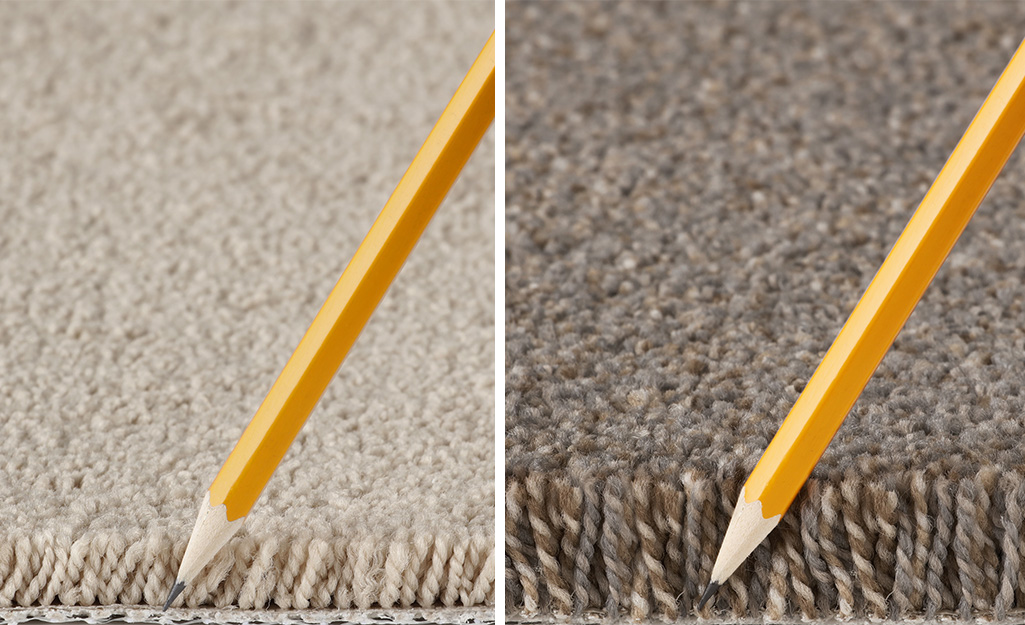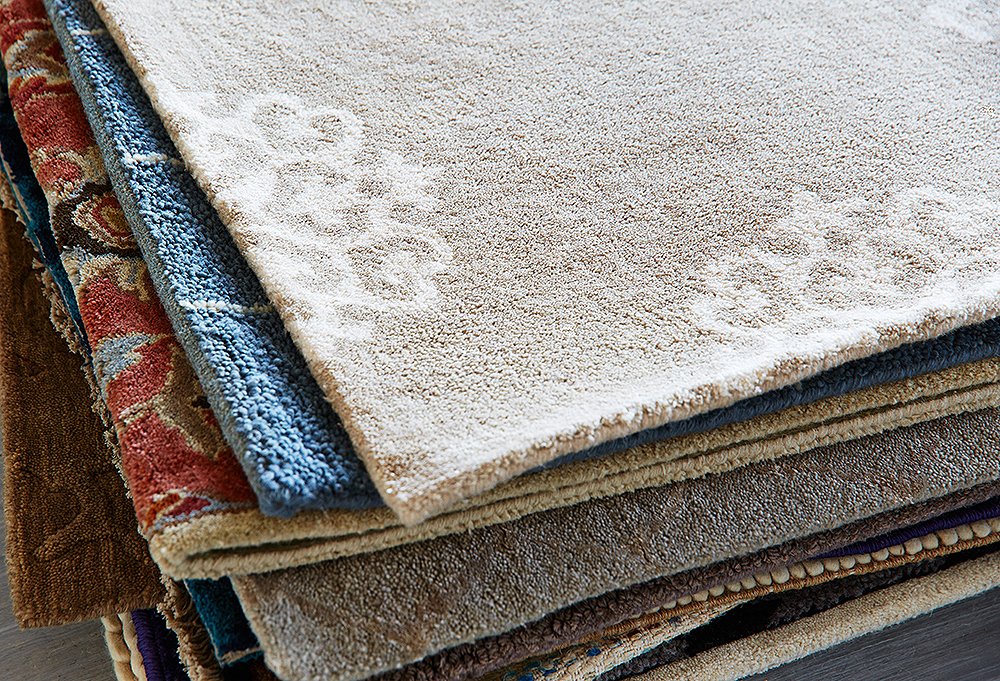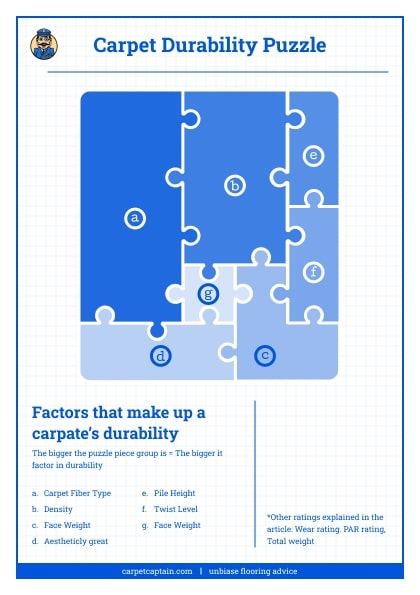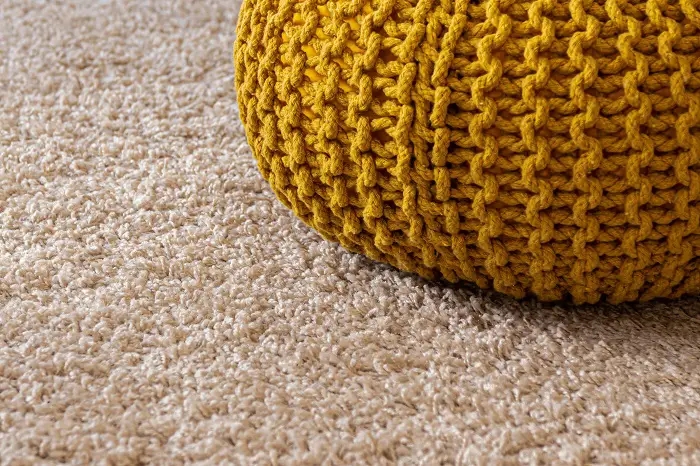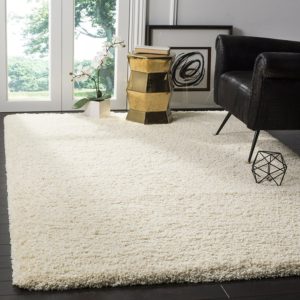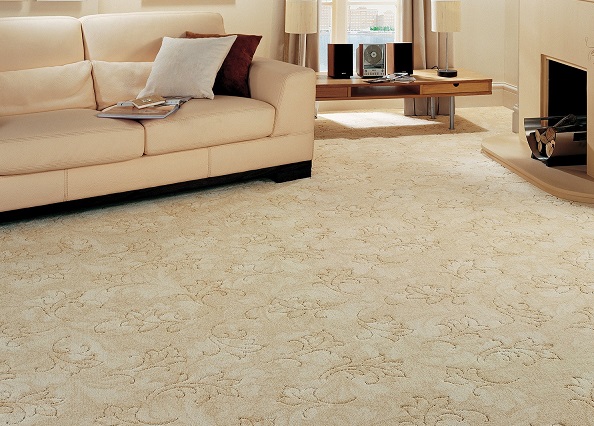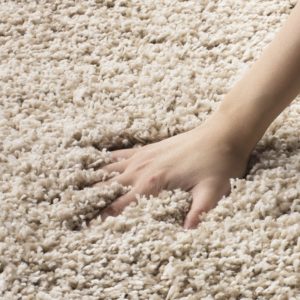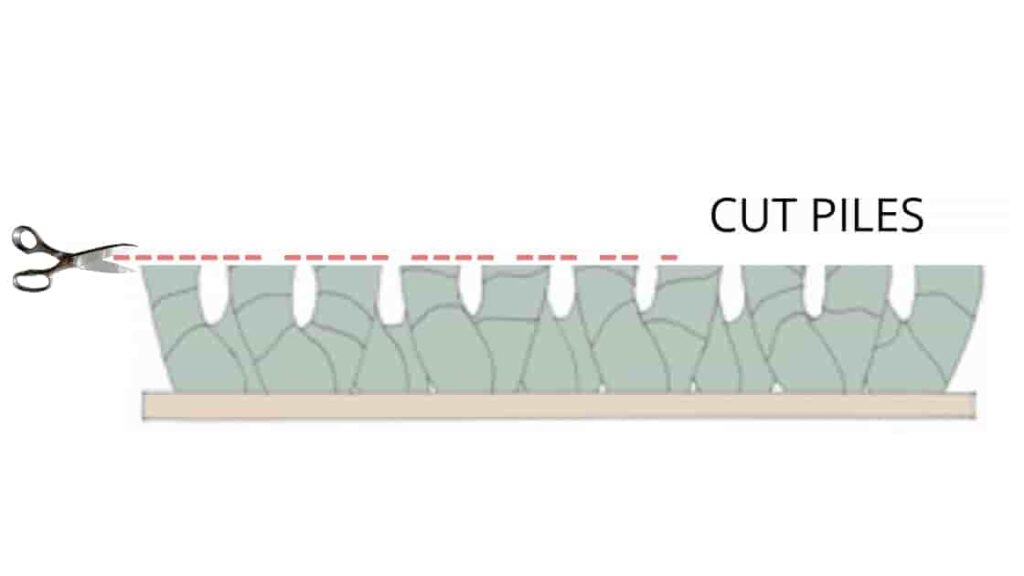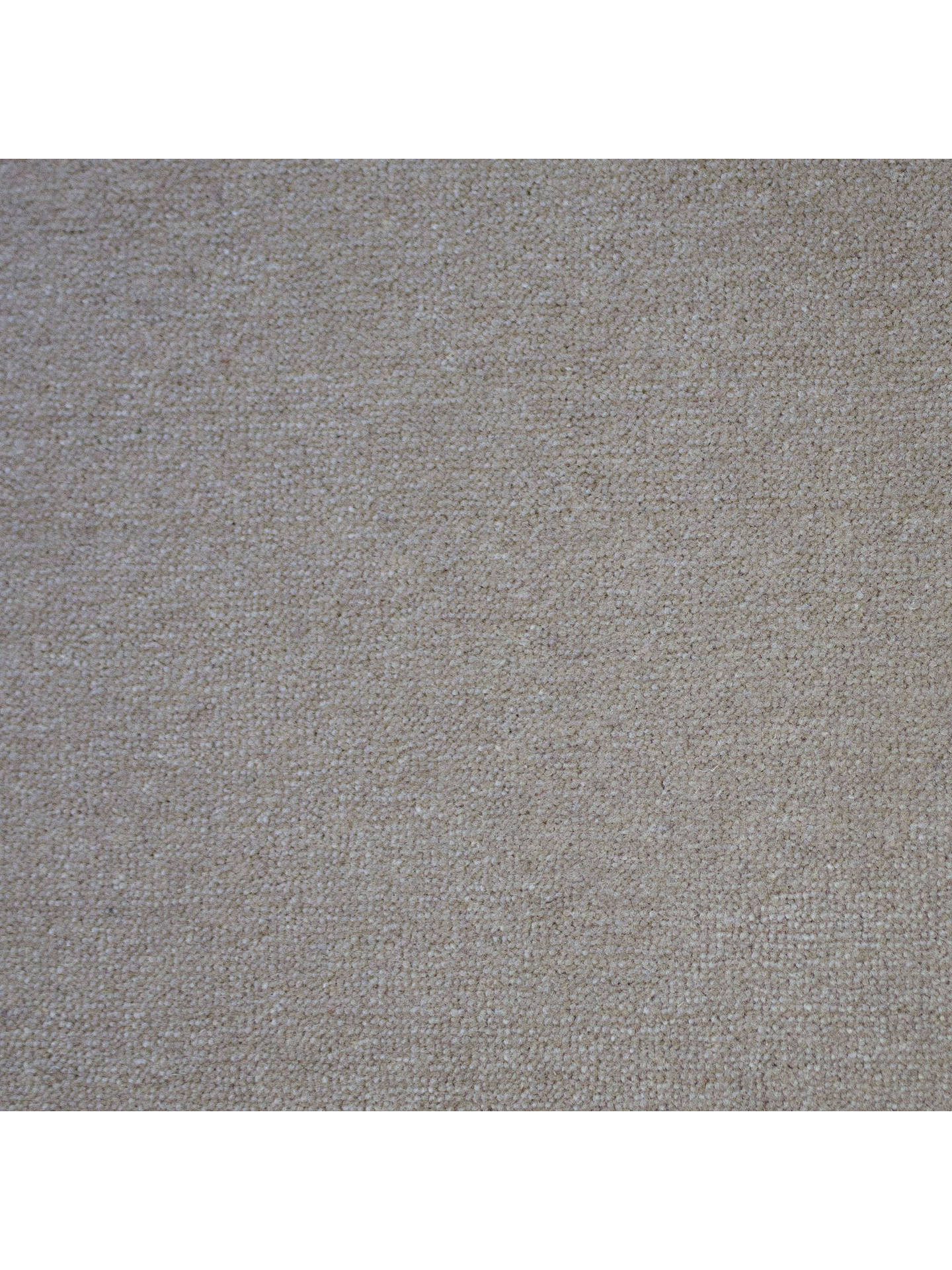For example a carpet with a 50 ounce face weight and a pile height of 1 2 an inch would have a density of 3 600 ounces per cubic yard 50 x 36 0 5 3 600.
Carpet pile weight definition.
Understanding the pros and cons of different types of carpet pile and different pile heights helps you choose the best fit.
A carpet is a textile floor covering typically consisting of an upper layer of pile attached to a backing.
Carpet pile height represents the length of the visible pieces of yarn on the rug.
Face weight does come into play when you are calculating density however.
They are also easier to care for as they can be more easily vacuumed.
The pile was traditionally made from wool but since the 20th century synthetic fibers such as polypropylene nylon or polyester are often used as these fibers are less expensive than wool.
Density is often misconceived as a carpet s face weight but these two terms are completely different.
The best level weighs in at 63 oz.
Most carpets have a face weight somewhere between 20 ounces and 100 ounces.
Fiber face weight is not the same as total carpet weight which includes the weight of the carpet backing and the fiber face weight.
Simply put carpet density numbers refer to how close together the fibers of your carpet are tufted into the backing.
Shorter pile rugs will as a rule last a bit longer than longer piles.
Where pile ultimate axial bearing capacity q sub lim derived from pile load test results is divided by the pile weight w.
Carpet pile height can range from low to high including plush carpet that s extra high.
For example a 35 ounce face weight carpet with a half inch pile height would have a pile density rating of 2520 35 x 36 divided by 5 2520.
The last consideration is face weight weight of the carpet pile per square yard.
Judging carpet quality.
A higher face weight means more yarn says grable and more yarn makes for a longer lasting product as an example within one product line the good level carpet has a face weight of 40 oz.
The pile usually consists of twisted tufts that are typically heat treated to maintain their.
Carpet pile has to do with the density of the carpet fibers that are used to create the weave on rugs and carpets.
Take my free carpet foot traffic test to see what grade of carpet may be best for your application and foot traffic level.
Pile varies from one carpet design to another ranging from a right flat pile all the way to a long shag pile.
A carpet density rating is one of the factors that determine how well your carpeting will perform.
Don t use one factor alone as an indicator of a carpet s overall quality.
Face weight is the actual weight of the fiber used to manufacture the carpet pile but does not include the weight of the carpet backing.

